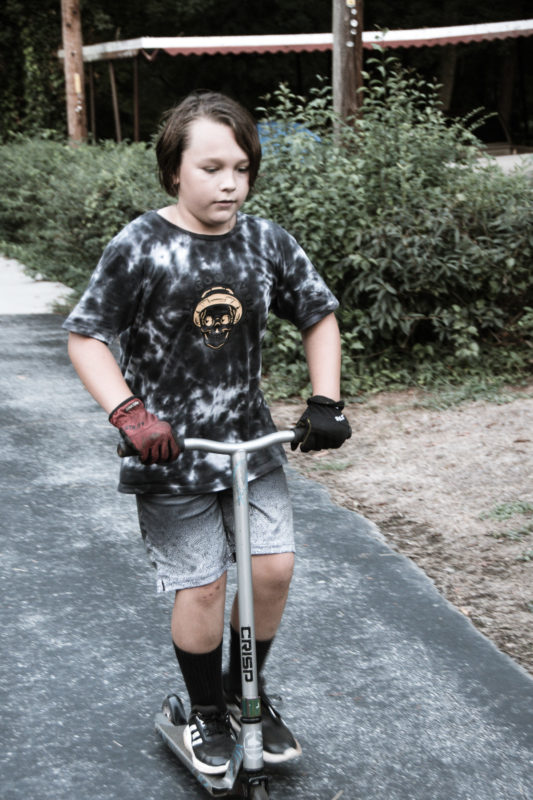It’s late August — the time of year when cooler autumnal temperatures approach, but sometimes not quite fast enough. Daytime temperatures can still get up into the mid-90s, and summer’s humidity still lingers, making it feel even warmer.

That’s all fine and good if your HVAC system is working well. Sure, it might work a bit more than you would hope. The heavy heat of July is a thing of the past, and although it can be hot, late August usually brings a bit of a break for one’s HVAC system and one’s power bill compared to mid-July. Not much — just a bit.

Still, we have a relatively high-efficiency system, and the difference I guess is no big savings. Five or ten bucks perhaps.
But then the system starts stalling, starts leaking coolant, and the indoor temperature climbs despite the temperature outside. Specialists arrive, investigate, diagnose, and give a $2,200 quote for fixing the system or $800 for a temporary bandaid.
“How long will it last?”
“A few months to a few years.”
Cheap is expensive; lack of information leads to poor decisions. It lasts less than 24 hours. $800 for 20 hours of cooling.

More specialists arrive. They’ll do the fix for about 75% of the other company’s quote. We go for it. The system works for a couple of weeks, still showing some strain and problems but keeping the house comfortable.
And then the whole thing shuts down. Completely. When temperatures return to the mid-90s. And the company we’ve been working with doesn’t work on the weekend, so we’re stuck until Monday. And so you start researching things like this.